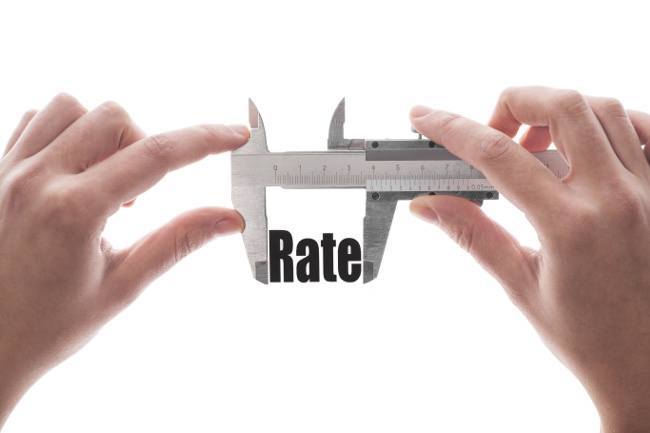2016 Kitchen Decor Trends to Inspire Your Renovations
 A kitchen upgrade may seem like the sort of renovation that will cost a pretty penny, but there are a lot of funky things you can do that will add an easy accent and make for a current look. If you’re planning some home improvements in 2016, here are some upcoming trends you may want to try out.
A kitchen upgrade may seem like the sort of renovation that will cost a pretty penny, but there are a lot of funky things you can do that will add an easy accent and make for a current look. If you’re planning some home improvements in 2016, here are some upcoming trends you may want to try out.
Cue The Contrasting Cabinets
It can be a major undertaking to change the style of your kitchen cabinets, and that’s probably why many people are considering a little switch instead of a major upheaval. By keeping your top cabinets the same and adding a funky new color or material to the bottom half, you can create a striking appearance. Keep in mind that if you don’t want to change out your cabinets entirely, you can go for a bold paint color instead.
Bring Color Into Stainless Steel
From teakettles to mixers, brightly colored kitchen appliances have certainly seen a retro rebirth in recent years, but the stainless steel trend is also experiencing a bit of an upgrade. While the material remains popular, many people are becoming interested in different stainless steel color options like black and sunset bronze which offer a unique look for an old mainstay.
A Multi-Use Island
Space in the kitchen can become an issue when it comes to dinner parties, and that’s why the diverse utility of a kitchen island is maintaining its popularity. Instead of the prominent counter for holding fruit bowls and extra papers, think of a funky, fashionable drink cart or side table that can be used for prepping extra food and will have many other purposes once the party is over.
The Non-Committal Kitchen Shelf
While kitchens have become more of a gathering space for family and friends in recent years, this has led to the popularity of a less-formal kind of kitchen. Instead of a lot of counter space and pots and pans in their place, create a bookshelf or cabinet that mixes the living room and kitchen together, full of dishware, books, utensils and other popular household items. It’s a piece that will easily transform your space.
There are a lot of unique fixes on the horizon for 2016 that will instantly modernize your kitchen and easily improve its look. If you’re currently renovating and are looking to put your home on the market, contact your trusted mortgage profssional for more information.
 Refinancing your home can be a great way to reduce monthly mortgage payments or interest rates – or even pay off your debt faster. And while it is a useful tool in budgeting for millions of homeowners, a home refinance may not necessarily be useful in every situation – in fact, there are some situations where refinancing can cost you a great deal of money.
Refinancing your home can be a great way to reduce monthly mortgage payments or interest rates – or even pay off your debt faster. And while it is a useful tool in budgeting for millions of homeowners, a home refinance may not necessarily be useful in every situation – in fact, there are some situations where refinancing can cost you a great deal of money. Mortgage interest rates are at historical lows right now, but they’re expected to start rising soon. That’s why savvy buyers are taking steps to ensure they get the best possible interest rates on the market and then lock those rates in for the long term. But even if interest rates are already low, that doesn’t mean you can’t reduce them further.
Mortgage interest rates are at historical lows right now, but they’re expected to start rising soon. That’s why savvy buyers are taking steps to ensure they get the best possible interest rates on the market and then lock those rates in for the long term. But even if interest rates are already low, that doesn’t mean you can’t reduce them further.